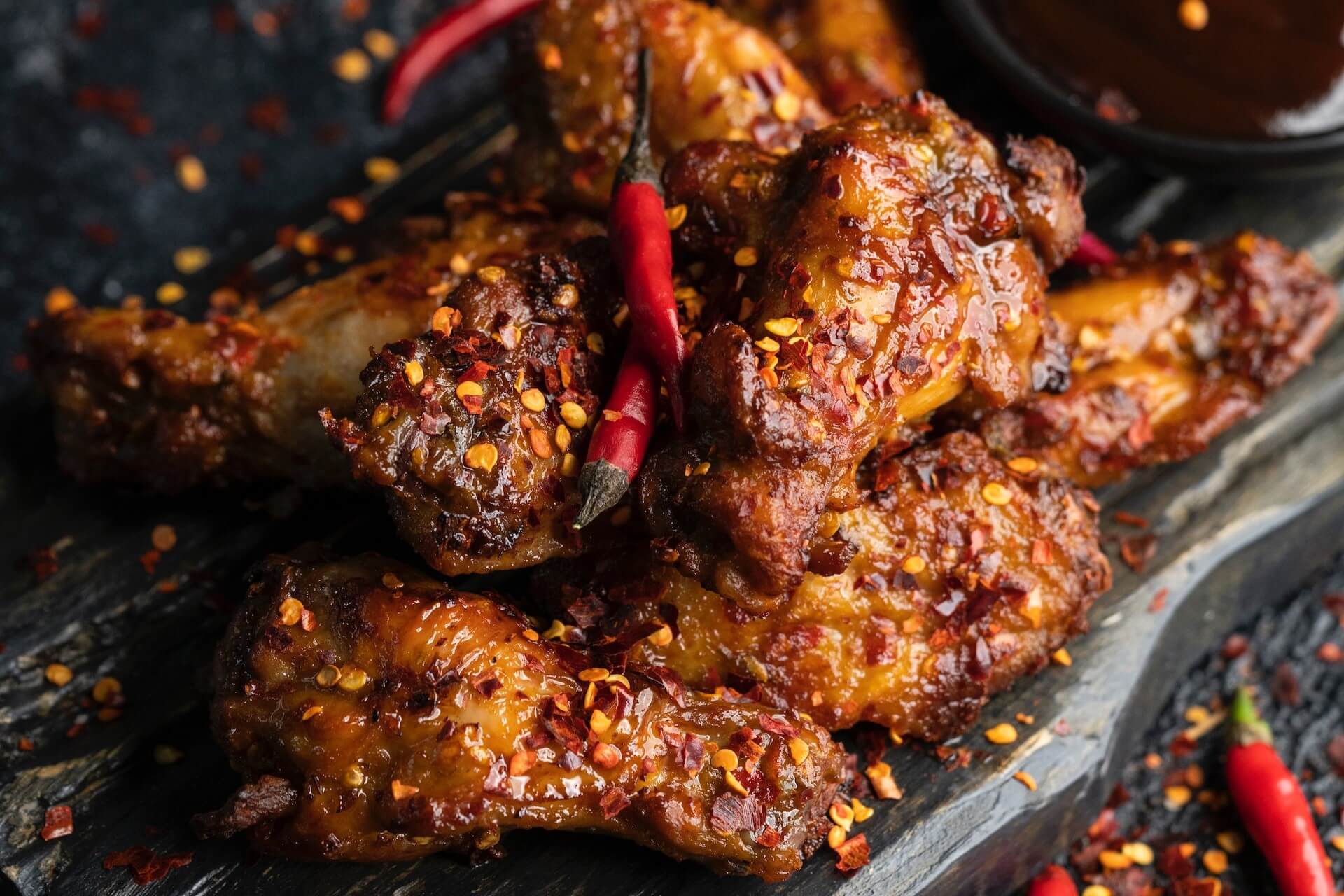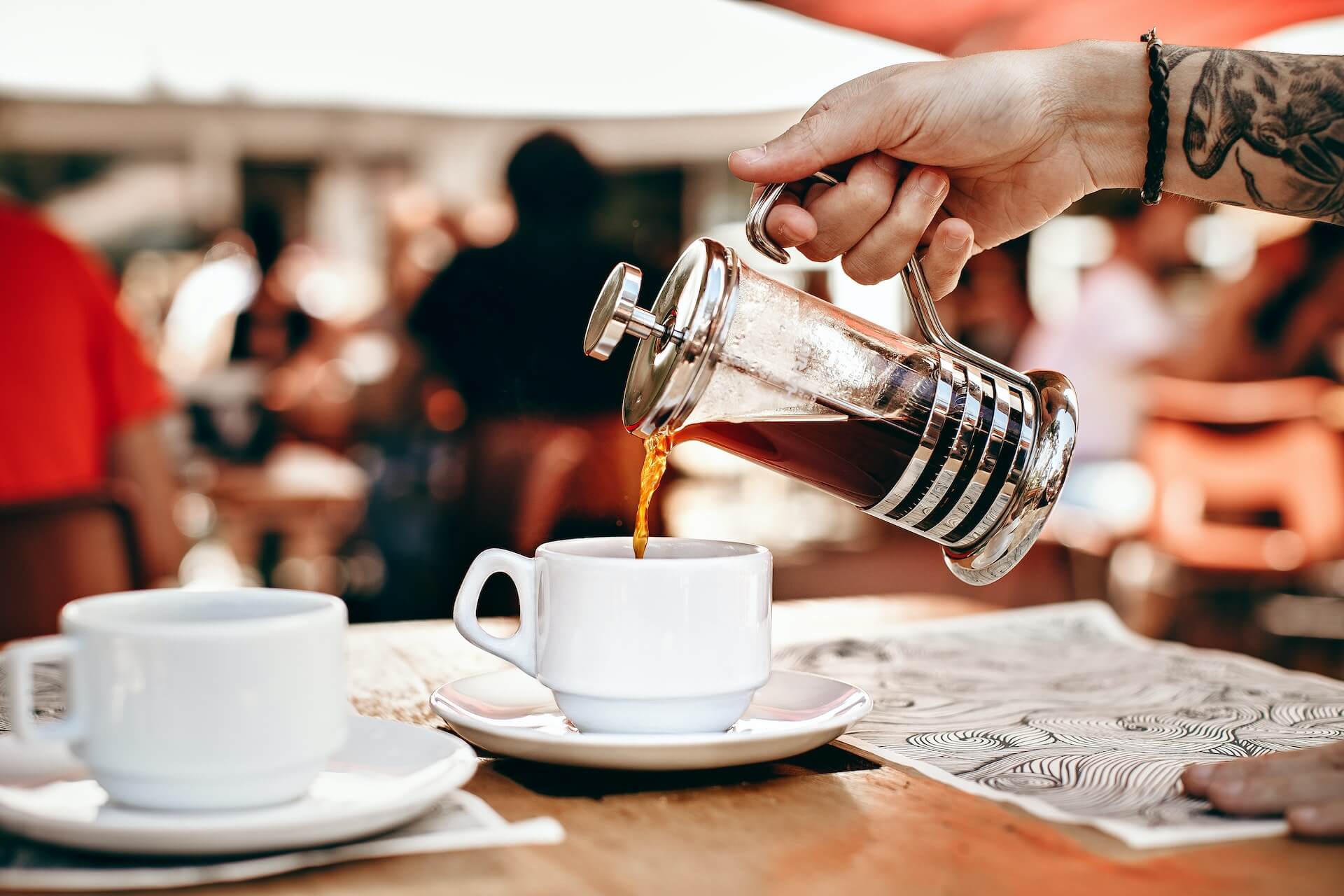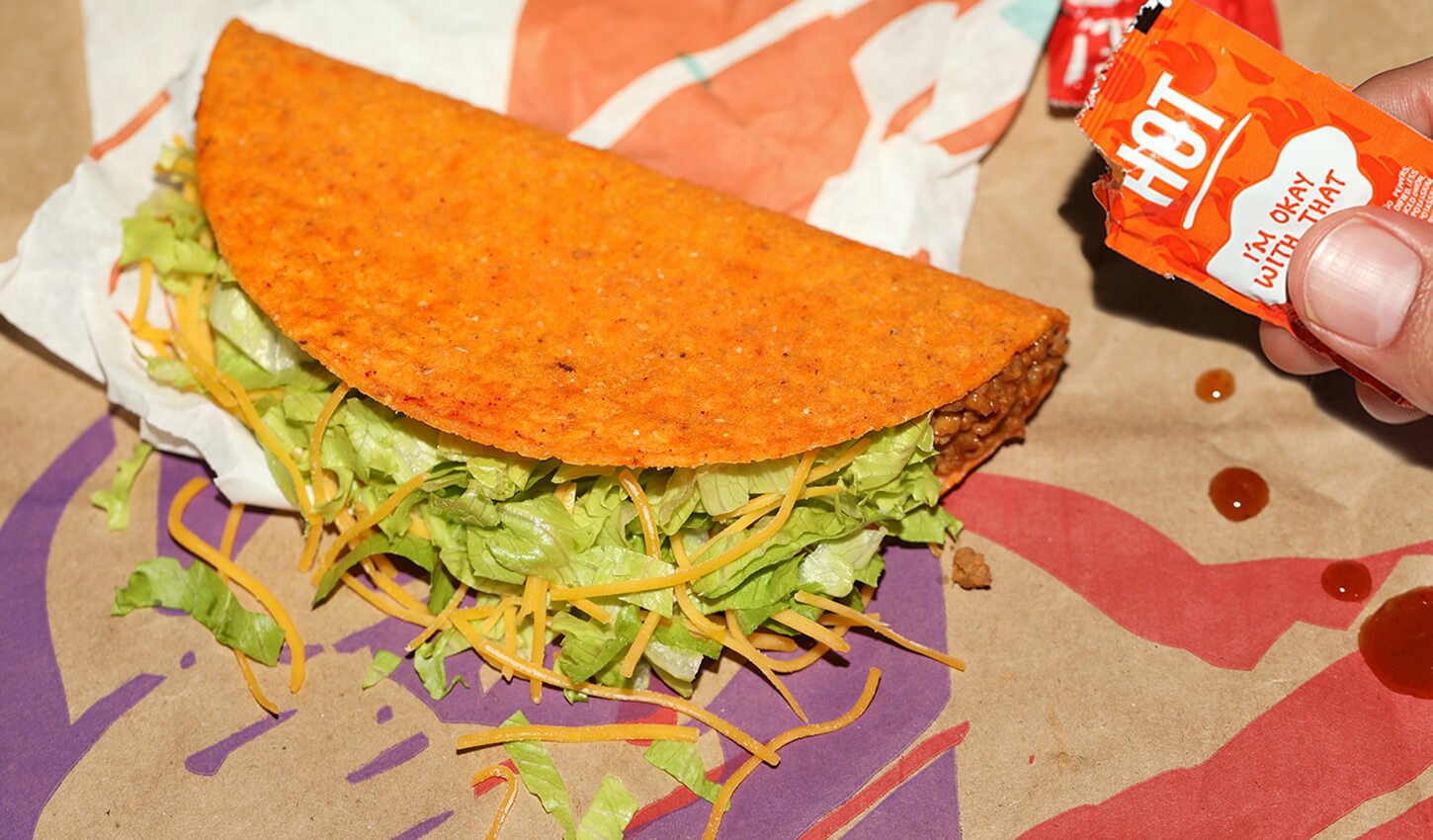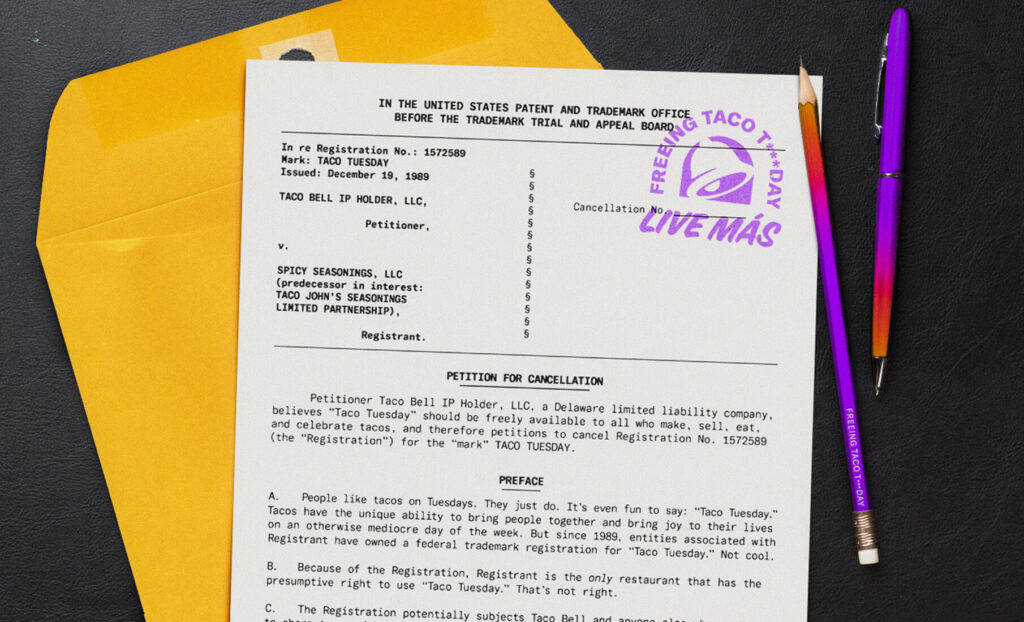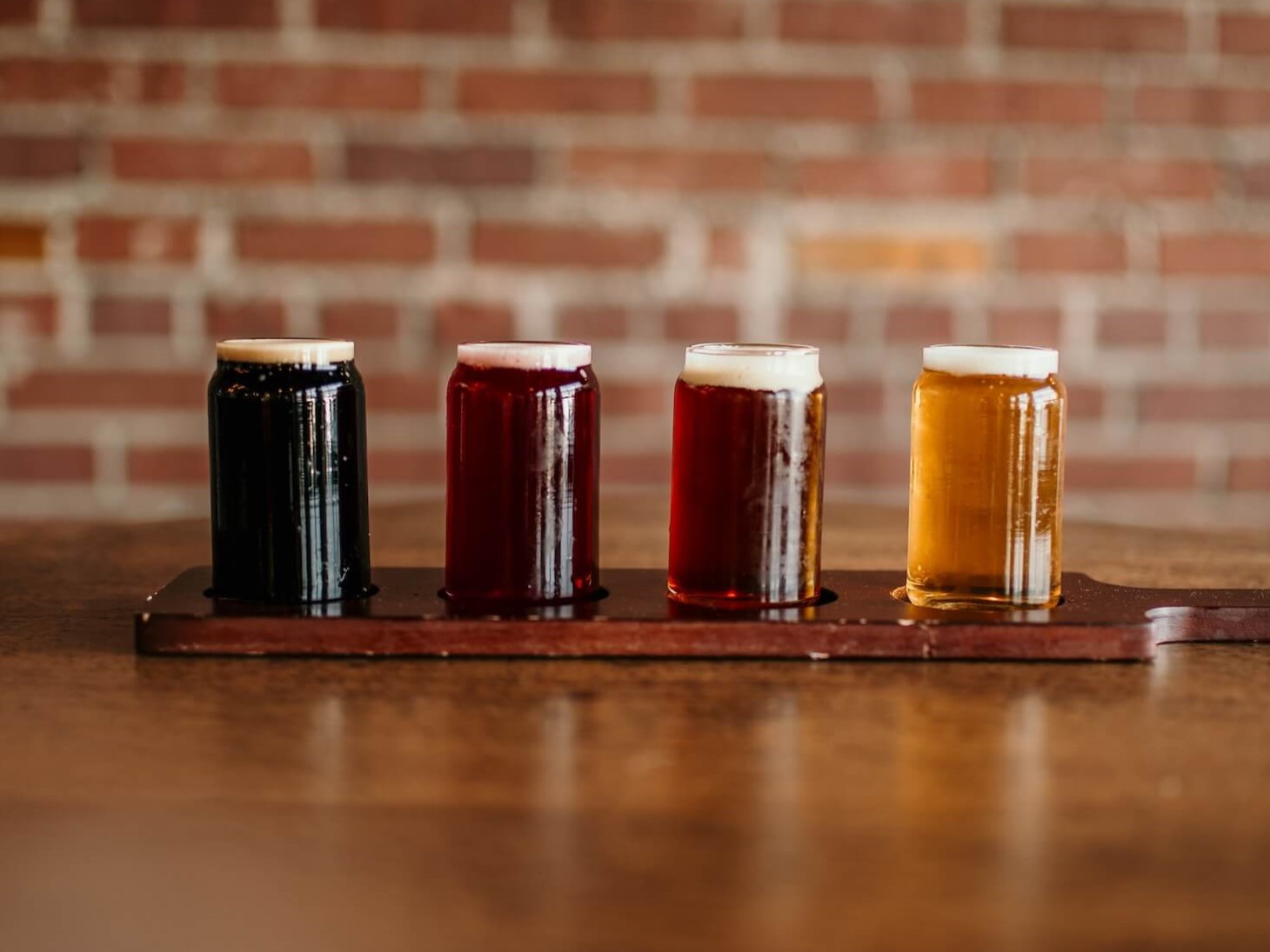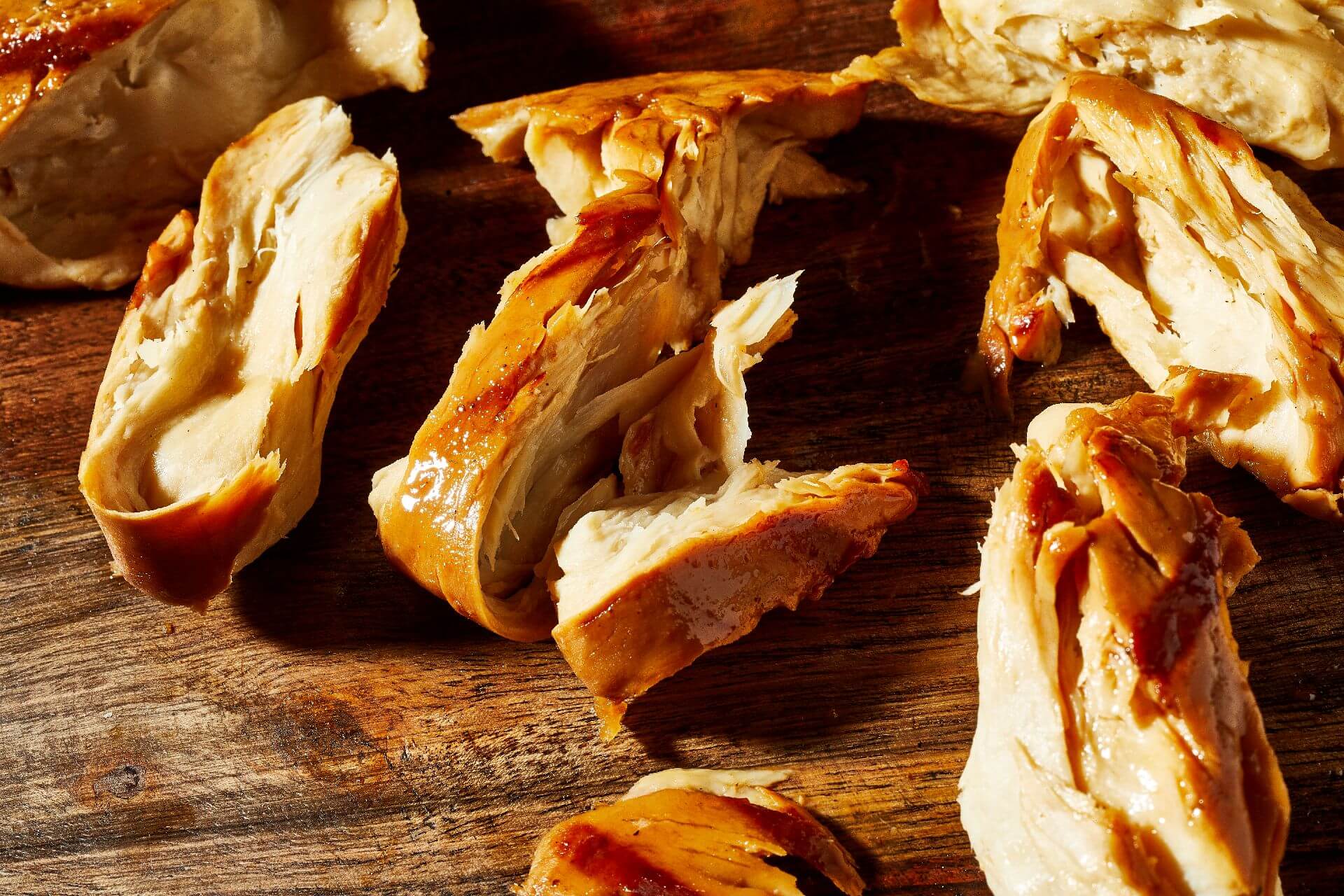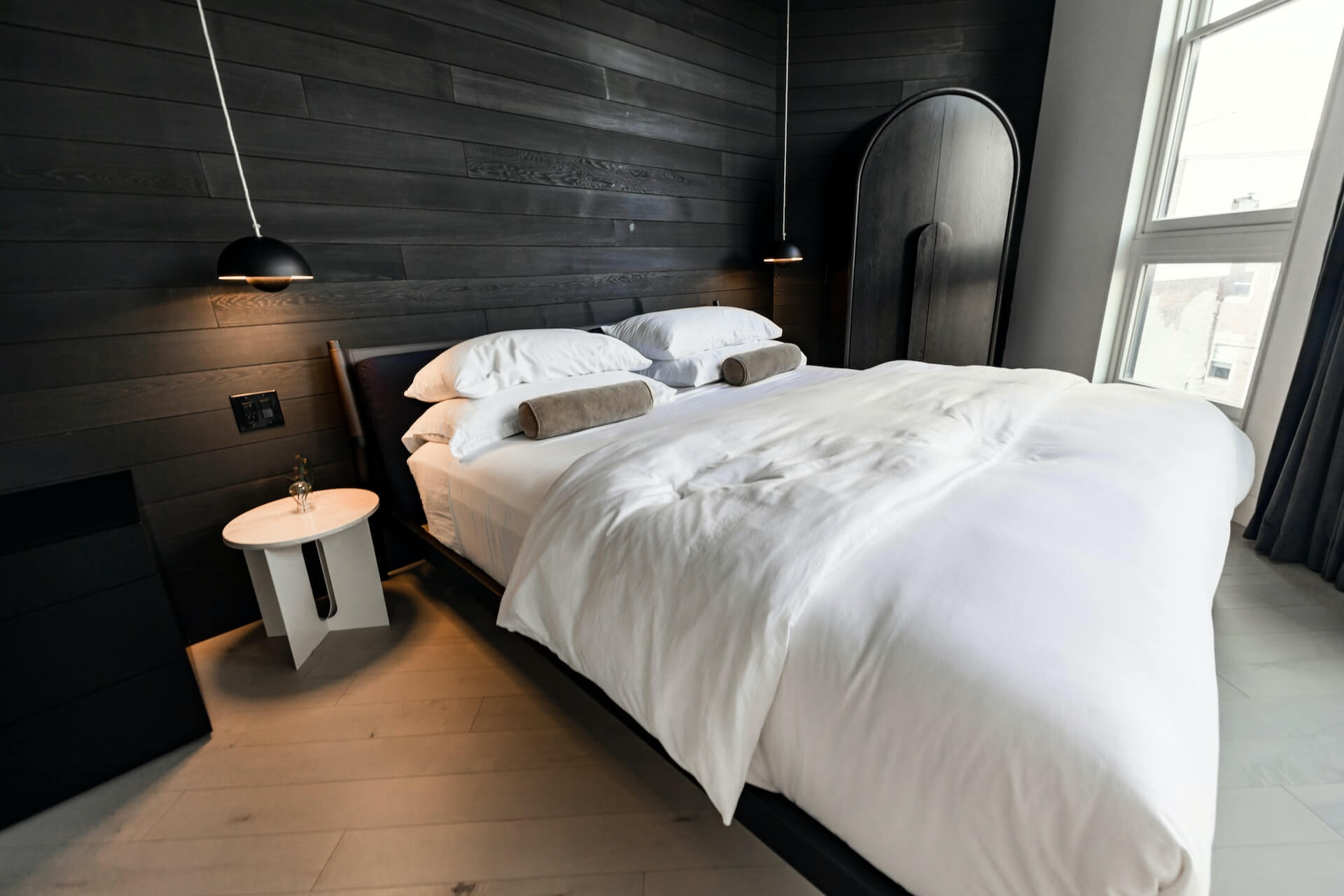Maker’s Mark Debuts Age-stated Bourbon
by David Klemt
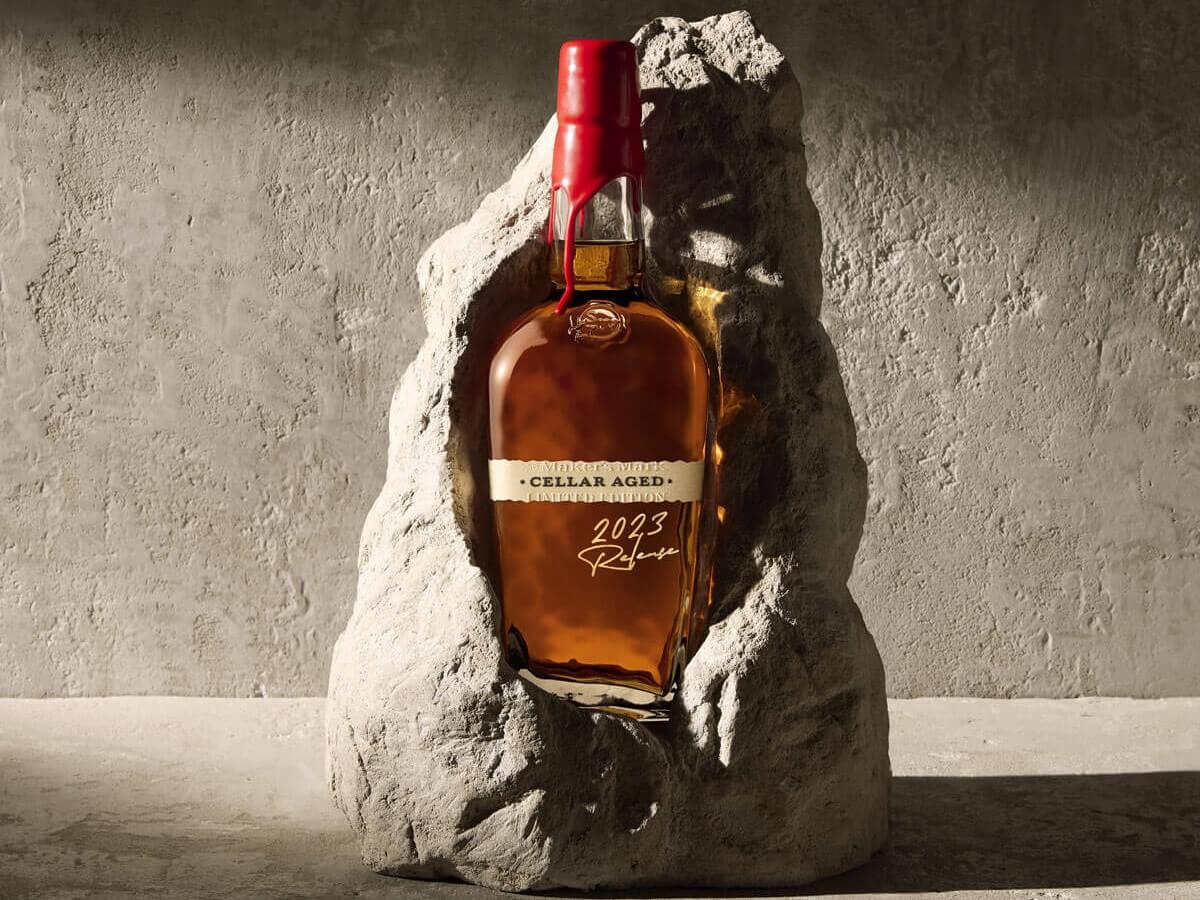
The team at Maker’s Mark, one of the most iconic and respected names in bourbon, is proud to introduce their oldest-ever expression.
Maker’s Mark Cellar Aged is making its introduction to the world in time to celebrate National Bourbon Heritage Month. As a quick reminder, we honor America’s native spirit in September.
This innovative expression is, in my opinion, an exercise in restraint. As decadent a whiskey as Cellar Aged may be for one’s senses, this bourbon shows that the team at Star Hill Farm is disciplined and deliberate.
While many other whiskey producers have been using age statements to pull focus from competitors, grab headlines, make splashes among collectors, and otherwise use aging to move cases, Maker’s Mark has stayed their course.
That is to say, Maker’s Mark takes their time when implementing a new process. If the team can’t figure out how to do something in a distinctly Maker’s way, they don’t do it.
Take, as an example, their limestone cellar, introduced in 2016. This maturation environment is Star Hill Farm’s approach to aging. The team doesn’t have an interest in simply stacking on years—age must adhere to Maker’s Mark flavor vision and leverage terroir.
Inaugural Annual Release
The 2023 release of Cellar Aged is a blend of 11- and 12-year-old Maker’s Mark. The percentage breakdown is 13 percent of the former and 87 percent of the latter.
The liquid that will eventually become Cellar Aged is first aged for six years in the Maker’s Mark warehouse before being moved to the maturation cellar.
For those wondering, this innovative expression will be an annual release. In fact, it appears Maker’s Mark plans to mark each National Bourbon Heritage Month going forward with Cellar Aged.
This year’s expression is bottled at cask strength—115.7 proof—and comes with a SRP of $150. Sources state that there are 30,000 bottles of the 2023 release, and more may be produced each year.
And for those curious about when they can wrap their gums around a dram, the wait shouldn’t be long. In response to a comment underneath an Instagram post, Maker’s Mark says the following:
“Thanks for asking! Cellar Aged will leave Star Hill Farm in the next few weeks and start making its way across the country!”
View this post on Instagram
So, be on the lookout and let your Maker’s rep know you need this bottle on your back bar.
Tasting Notes
The KRG Hospitality team has yet to taste Maker’s Mark Cellar Aged. Therefore, the tasting notes below are from the Maker’s website.
Aroma: Dark stone fruit, caramelized sugar, toasted oak
Taste: Balanced with big oak, dark vanilla and fruit
Finish: Velvety texture, long and complex with caramelized barrel notes and baking spices
For more information, please review the official Maker’s Mark Cellar Aged press release below.
Introducing Maker’s Mark® Cellar Aged, an Inspired New Take on Older American Whiskey
Matured in a Limestone Whisky Cellar, Maker’s Mark Cellar Aged is Aged to Taste, Not Time
LORETTO, Ky., Aug. 16, 2023 /PRNewswire/ — Maker’s Mark® is proud to debut Maker’s Mark® Cellar Aged Bourbon, an annual, global limited-release expression that proves whisky aging is about more than just a number. Featuring a marriage of 11- and 12-year-old bourbon, Maker’s Mark Cellar Aged delivers the distillery’s highly anticipated oldest release, stemming from the question: What if age isn’t just about time, but instead about how you use that time to evolve, develop and mature?
Since its founding in 1953, Maker’s Mark has aged its whisky to taste – not time – to achieve the vision set by its founders: bourbon without the bite that’s always smooth, soft and creamy. Maker’s Mark Cellar Aged stays true to this philosophy, delivering a richer, deeper and more complex older bourbon, free from the harsher tannic effects commonly found in extra-aged American whiskies, as a result of our innovative maturation process that starts in traditional Kentucky warehouses and finishes in the distillery’s one-of-a-kind limestone whisky cellar.
“For more than 65 years, aging our whisky for a decade-plus wasn’t something we did,” said Rob Samuels, 8th generation whisky maker and grandson of the founders at Maker’s Mark. “It’s not that we didn’t believe in it; we simply hadn’t found a way to do it that didn’t compromise on our taste vision – until now. Cellar Aged embodies an older whisky that’s distinctly Maker’s Mark. One rooted in challenging convention, delivering new flavor experiences from the environment that surrounds us, and building on a taste vision that’s been generations in the making.”
To become Maker’s Mark Cellar Aged, barrels of the distillery’s classic distillate first spend approximately six years aging in traditional bourbon warehouses, where they endure the Kentucky climate and its temperature swings season after season until they reach full maturity and can be called “Maker’s Mark.” Barrels are then moved into the distillery’s proprietary whisky cellar for an additional five to six years of aging before being blended to taste and bottled. Built into the natural limestone shelf of the Kentucky hills, the cellar’s consistently cool environment slows down the tannic impact that occurs during maturation, while allowing the bourbon to develop a deeper, darker flavor with hidden depths, but no bitterness.
This innovative and taste-led approach in pursuit of an older Maker’s Mark expression continues the boundary-pushing mindset that has shaped the brand since the beginning. Founders Bill and Margie Samuels challenged category norms when they burned their 170-year-old family recipe, choosing to use red winter wheat instead of rye in their mashbill for a softer, smoother bourbon. This spirit of asking “what if?” was present in the introduction of Maker’s Mark 46, which is crafted using a proprietary wood-stave finishing technique, and in Maker’s Mark Private Selection, which became the industry’s first custom barrel program upon its launch in 2016.
Cellar Aged will be an annual, limited release available in specific markets around the world. The unique maturation approach of Cellar Aged will be consistent every year, but the specific blend of aged bourbon will vary based on which barrels are ready, by taste. The inaugural release of Cellar Aged is a marriage of 12-year-old and 11-year-old whisky – 87% and 13%, respectively – bottled at cask strength (115.7 proof). Cellar Aged will be available for a suggested retail price of USD $150.00 in the United States in September 2023; in London, Munich and select Global Travel Retail accounts in October 2023; and in Tokyo and Singapore in early 2024.
For more information about Maker’s Mark Cellar Aged, please visit www.MakersMark.com.
Image: Maker’s Mark



